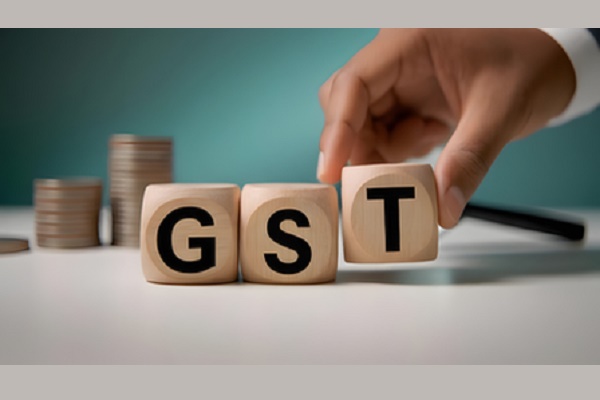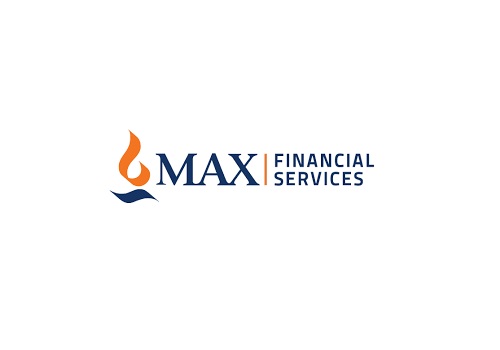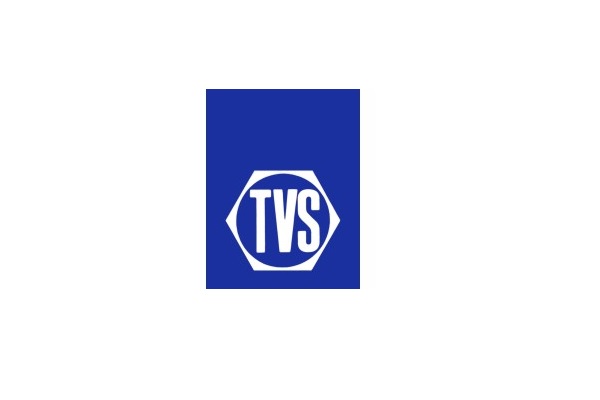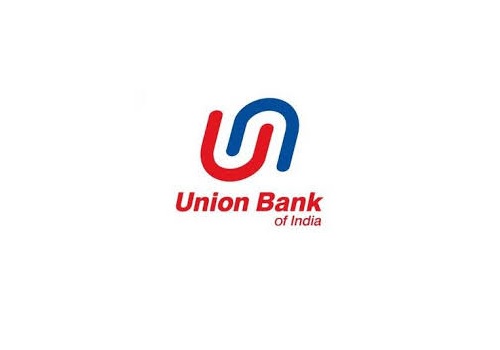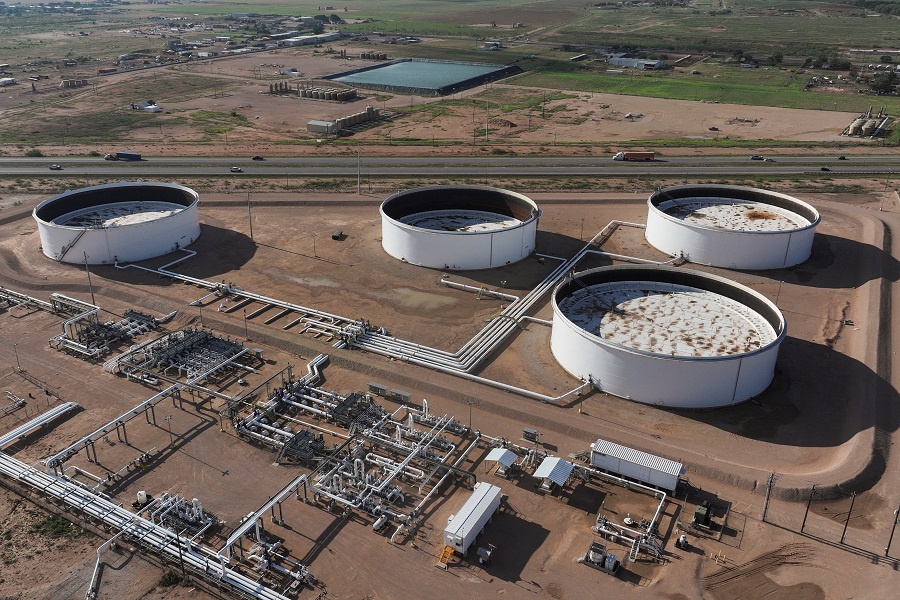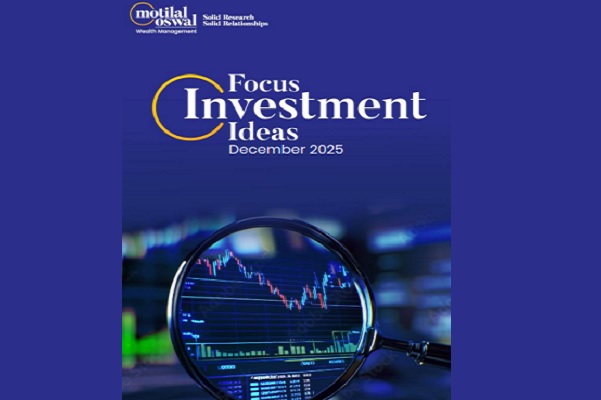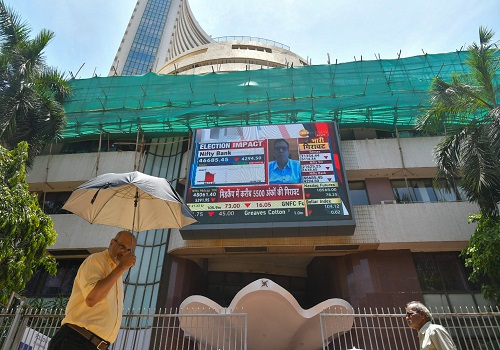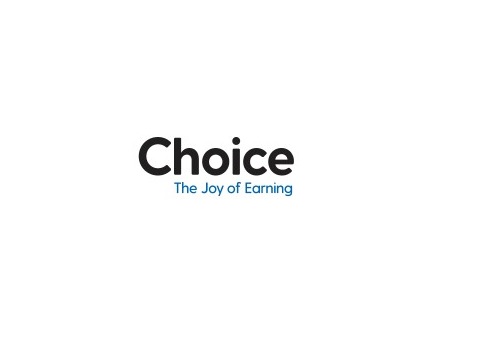Market Outlook: Foreign Investors Study India, Await Market Correction to Buy Says Pratik Gupta, CEO & Co-Head, Kotak Institutional Equities

Below the Quote on Market Outlook by Pratik Gupta, CEO & Co-Head, Kotak Institutional Equities
OUTLOOK FOR THE MARKET:
We expect the NIFTY to remain largely range-bound this year. We believe the NIFTY is still somewhat expensive trading at ~19x March 2026 P/E, which is significantly higher than historical averages and still at about a 90% premium to the MSCI EM Index. This is especially high considering earnings CAGR of 14% in FY26 and FY27, with downside risks to such estimates. Hence, we don’t expect a meaningful upside to the NIFTY in the short term. Conversely, the downside to the NIFTY is protected by India’s strong medium-term growth prospects which should keep valuations elevated, and a likely better foreign and domestic liquidity environment in 2HFY2026. However, we remain cautious on the outlook for small/mid-caps in general due to expensive valuations in many cases. We have been negative for a while and despite the -13% ytd and -18% ytd correction in the NIFTY MidCap Index and NIFTY SmallCap Index, we do not believe the valuations have come down enough.
The key downside risks for the overall market are: a sharper-than-expected global slowdown, or a bad monsoon that can adversely impact farm incomes, food inflation and construction activity, or a sharp slowdown in domestic retail inflows into equities, especially into small/mid-cap funds. Key upside risks can emanate from a weaker US dollar that may drive flows into emerging market (EM) funds, and a quicker-than-expected private capex upcycle.
We continue to like the large private banks and NBFCs, life insurance companies, residential real estate, hotels and the airlines/hospitality sectors. We remain cautious on many of the consumer staples and discretionary stocks as well as the oil & gas and the chemicals sector in general.
(1) Most foreign investors are now less negative on India, and they’re beginning to get interested in some large-caps
The strong foreign investor attendance at our conference was not because they were looking to buy Indian stocks right away, but many of them had come to learn more about India and specific companies so that they could be ready to buy as & when there’s any meaningful market correction or as & when they start getting more inflows into their EM funds. Some did comment that they had been underweight India for a while and the recent market correction vindicated their earlier view, but now they were seeing long-term value emerge in some large caps – especially in financial services, real estate, and e-commerce/QSR companies.
Many emerging market (EM) fund managers were hopeful of inflows into EMs as an asset class later in the year as the valuation disparity with the US equity markets had become very high, but they did highlight that India would not be their first priority given slowing growth and relatively expensive valuations as of now. Some also highlighted that India’s capital gains tax was now beginning to bite as return expectations had come down sharply – this is in contrast to the last few years when Indian equities were giving 20%+ returns and the INR/USD was relatively stable. Back then, the capital gains tax didn’t matter as much but now it does.
(2) Local investors are worried about their small/mid-cap exposures and remain concerned about the risk of more earnings downgrades
Most local MF, insurance, and PMS funds are seeing a slowdown in their equity inflows, but the overall net inflows continue. However, the nature of the flows has changed from going into small/midcap or thematic/sectoral funds till a few months ago, to large-cap or balanced debt-equity funds now. Those managing small-cap funds were understandably more cautious given the expensive valuations and the risk of a disorderly sell-off in case of any sudden redemptions. Domestic investors also remain worried about the risk of further earnings downgrades given the weak commentary by many companies at our conference. Hence, there was greater interest in companies where the demand visibility was reasonably strong, even if valuations were somewhat more expensive.
(3) Corporate mood was largely cautious – except in a few industries
Across the 215 companies that we hosted, the overall mood was largely cautious, although there were some exceptions like residential real estate, hotels, renewable energy, hospitals, airlines, etc. Banks were cautious on the outlook for loan growth and/or NIMs given the weak demand environment and tight liquidity situation, but in general, most banks highlighted that asset quality was not a broad-based concern as yet. Life insurance companies were also relatively optimistic that the worst of the industry woes were behind them (COVID claims, regulatory issues) and that the low penetration in India gave large incumbents a long runway for growth. The consumer-oriented companies remained cautious about the near-term outlook given the weakness in urban consumption and a slow recovery in rural demand. Companies catering to high-end consumption segments like luxury hotels, residential property, and airlines were relatively more optimistic. IT Services firms mentioned they were not seeing a pickup in discretionary spending yet, but the recent Rupee depreciation would help earnings growth to some extent. Pharmaceutical companies said that the worst of the pricing pressure in the US generics market was behind them, but the impact of the proposed Trump tariffs was creating uncertainty. Hospital companies were quite positive about the demand environment and not worried about the increase in industry capacity by many hospital chains. Capital goods companies were expecting some modest uptick in order inflows in FY26 as government spending picks up, but most were not seeing any broad-based recovery in private capex as yet. Most agrochemical companies did not have any visibility of on-demand recovery in the near term.
Above views are of the author and not of the website kindly read disclaimer

